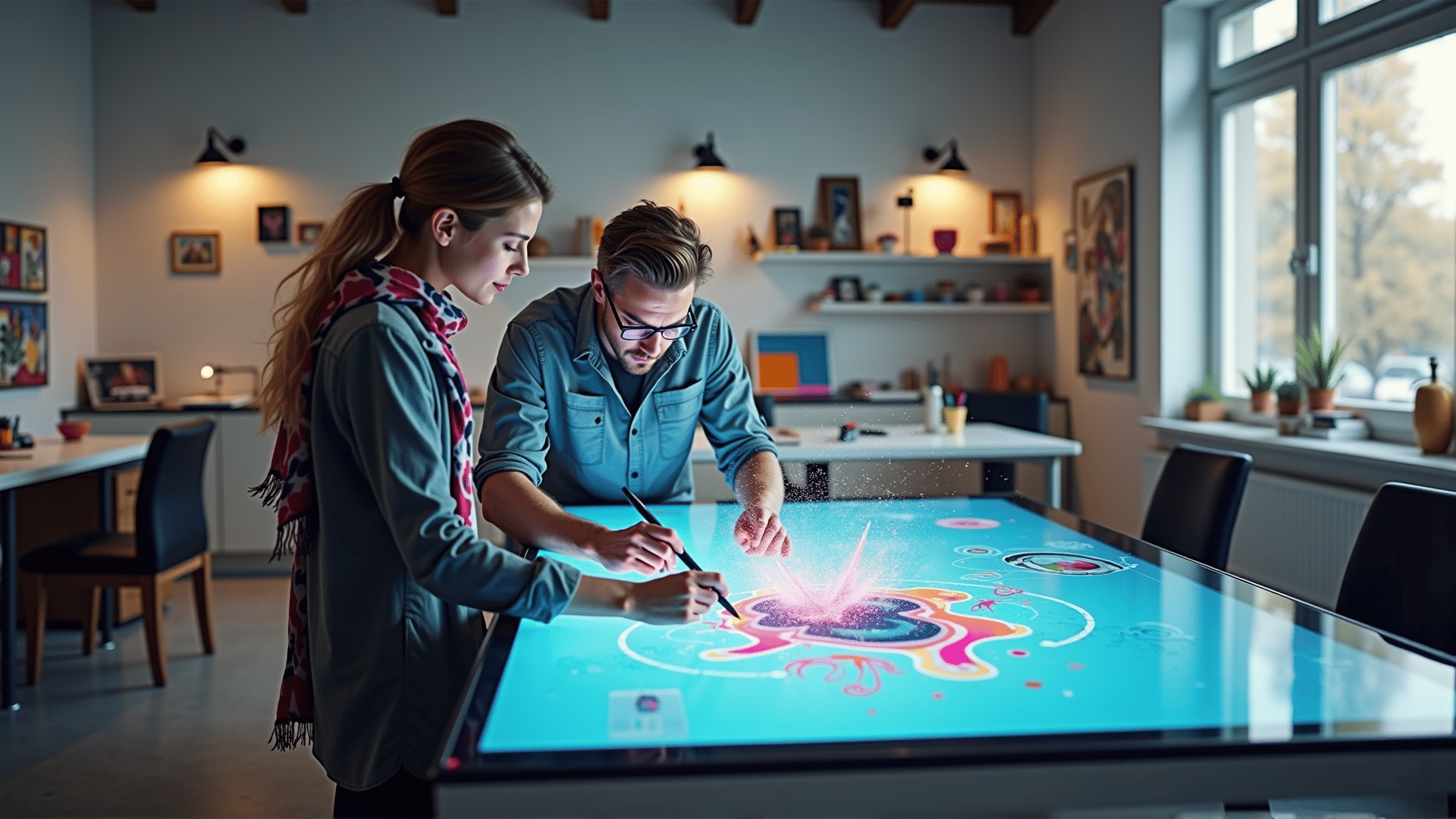In today’s fast-paced digital age, where technology is an integral part of our daily lives, the realm of art is experiencing a vibrant transformation. Interactive media art, a multidisciplinary form that seamlessly weaves technology with creativity, is ushering in a new era of engagement and expression. Artists are no longer confined to traditional mediums; they now harness digital platforms to create immersive experiences that captivate and involve audiences in unprecedented ways.
At its core, interactive media art is about breaking down the barriers between the observer and the artwork. Instead of passively viewing a piece, audiences are invited to engage, manipulate, and in some cases, co-create the art itself. This dynamic form of artistry utilizes interactive technology such as sensors, augmented reality (AR), virtual reality (VR), and artificial intelligence (AI) to craft experiences that are both personal and communal.
One of the most striking aspects of interactive media art is its ability to bring ideas to life in a manner that is both tangible and ethereal. Imagine walking through a gallery where the paintings react to your presence by changing colors, or a digital sculpture that evolves based on the emotions of the viewers around it. These experiences blur the lines between art and audience, making each encounter unique and deeply personal.
Digital platforms play a crucial role in this artistic revolution. With the rise of mobile devices and the internet, interactive media art has become more accessible than ever before. Artists can easily share their work with a global audience, inviting participation from individuals regardless of geographical boundaries. This democratization of art fosters a vibrant community of creators and consumers alike, each contributing to the ever-evolving narrative of the digital art world.
In educational settings, interactive media art is proving to be a powerful tool for innovation and learning. By integrating interactive elements into art education, students can explore concepts hands-on, fostering creativity and critical thinking. These digital platforms can also serve as collaborative spaces where students across the globe can work on joint projects, sharing ideas and cultural insights in real-time.
Moreover, the commercial sector is beginning to realize the potential of interactive media art to engage consumers in novel ways. Brands are leveraging interactive installations and digital experiences to captivate audiences and create emotional connections. By merging marketing with artistry, companies are finding new avenues to tell their stories and build lasting relationships with consumers.
However, the rise of interactive media art also presents its challenges. Issues of privacy, data security, and digital ethics come to the forefront as artists and technologists navigate the complexities of creating interactive experiences. It is essential to strike a balance between innovation and responsibility, ensuring that the digital platforms we use enhance creativity and collaboration without compromising individual rights.
In conclusion, interactive media art represents a bold, new frontier in the artistic landscape. It embodies the spirit of innovation, pushing the boundaries of what art can be while drawing audiences into a participatory dialogue. As technology continues to evolve, so too will the ways in which artists can engage with their audiences, creating experiences that are as diverse and dynamic as the digital age itself. As we explore this fascinating intersection of art and technology, one thing is certain: interactive media art is not just a medium—it's a movement.
